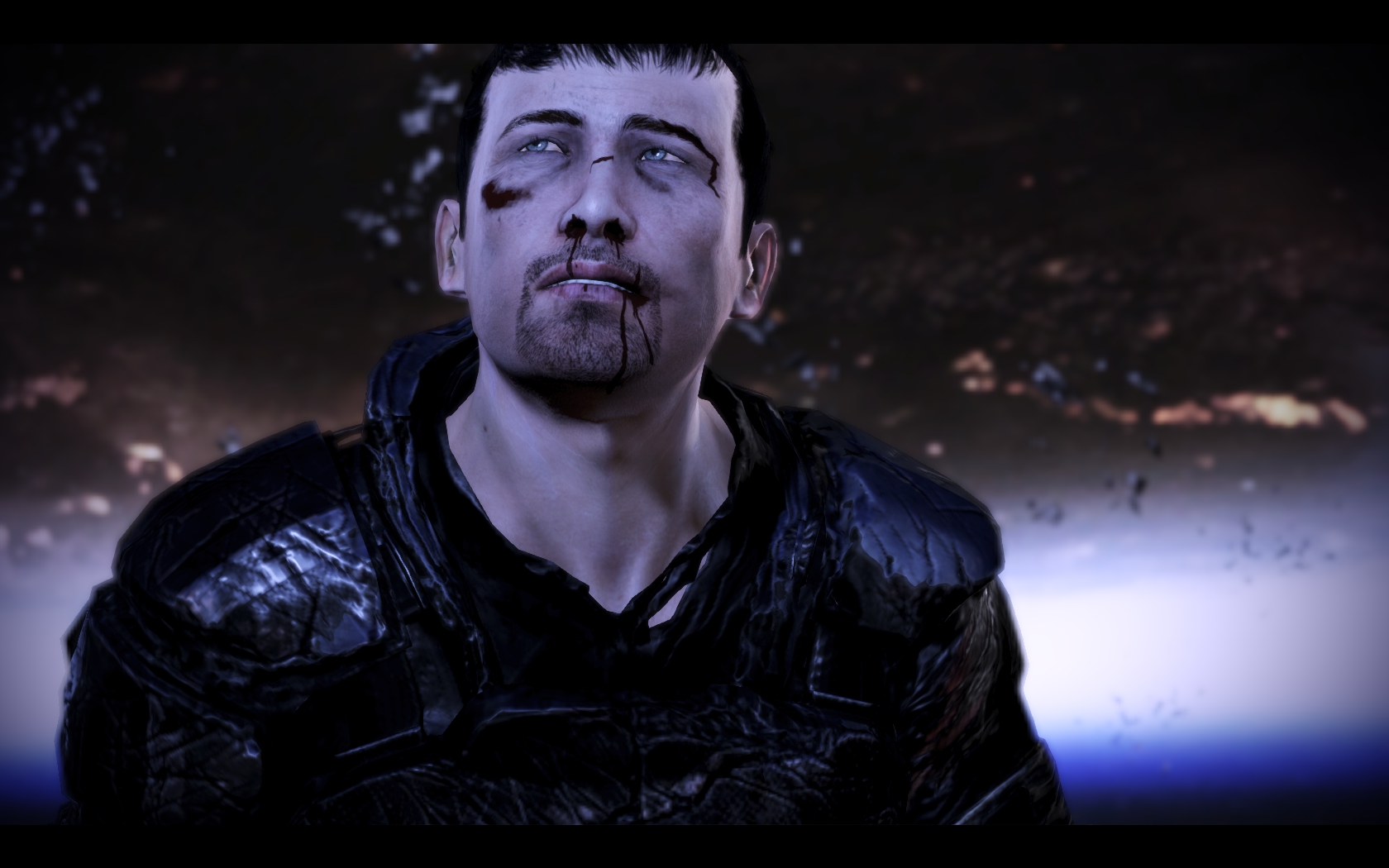
Platformers are inherently mechanical exercises. So much is reliant on the controls and accuracy being just so, and one element being not quite right can lead to an unplayable game.
Thomas Was Alone not only gets everything right, it also shines a spotlight on its inner workings and on game design in general.
You begin the game as Thomas, an AI construct represented by a rectangle. A jumping rectangle. As you explore each level, hunting for the exit, a perfectly timed narration comments on your activity, Thomas’s thoughts and the nature of games. “Thomas noted he was always jumping up and to the right…”
The story is clever and cute, always witty rather than pretentious, and never getting in the way of the central platforming antics. As it progresses you’re introduced to other denizens of the computer’s innards, such as a large square who can’t jump very high, and the tall, arrogant oblong who is convinced that he’s better than everybody else. These primitive shapes are imbued with more personality than just about any AAA game I can think of from the last couple of years.
In some ways Thomas Was Alone reminded me of Spec Ops: The Line, another game that pulled apart a genre and showed players the gory innards. The difference is that Spec Ops had an inherently disdainful tone, acting as a savage criticism of the shooter genre, while Thomas Was Alone is a joyous celebration of the platformer, acknowledging it’s quirks and silly aspects but all the while retaining an unashamed enthusiasm.
While Spec Ops has left me disinclined to play generic shooters ever again, Thomas Was Alone has kindled some interest in a genre which I’ve often overlooked. Despite its title, Thomas Was Alone is a warm hearted, fun and mischievous existential adventure that shouldn’t be missed. Plus it has fun jumping.






0 Comments